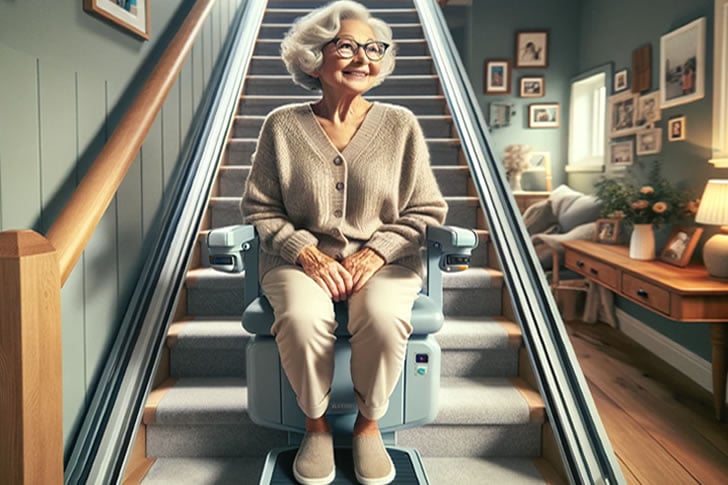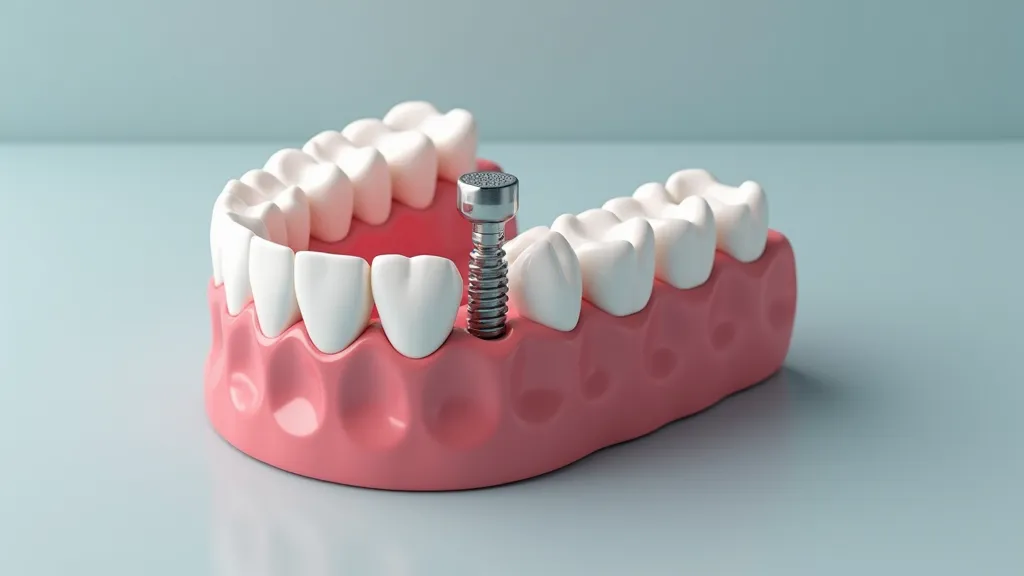Portable stair lifts offer essential mobility and independence to individuals with limited mobility, but affordability can be a concern. Here’s how Medicare can help and tips for making stair lifts more affordable.

Portable stair lifts are devices designed to help individuals with mobility issues ascend and descend stairs. Unlike good stair lifts, portable versions can be moved and used in different locations, making them a versatile option for many households.
Medicare Part B (Medical Insurance) covers durable medical equipment (DME), which includes items like wheelchairs and walkers. However, Medicare typically does not cover stair lifts, whether portable or good, as they are considered home modifications rather than medical necessities.
While good stair lifts usually require professional installation, portable stair lifts are generally designed for easy DIY setup, saving on installation costs. Always follow the manufacturer’s guidelines to ensure safety.
Portable stair lifts can greatly enhance the quality of life for individuals with mobility challenges, offering flexibility and independence. While Medicare might not cover these devices, understanding alternative funding options and smart purchasing strategies can make them more affordable. Investigate all available financial aids, explore various insurance policies, and consider cost-saving tips to find a solution that suits your needs and budget.
By being informed and proactive, you can navigate the intricacies of Medicare and explore various avenues to afford a portable stair lift without compromising on quality and safety.
Affordable Full Mouth Dental Implants Guide

Analyzing Top Internet Providers

Exploring Internet Service Options

Comprehensive Insight into Minas Net

Understanding Atranet Technology

Exploring the Future of Atranet

Unveiling the Power of Atranet

Understanding Atranet in Modern Networks

Understanding Atranet's Role in Modern Communication
